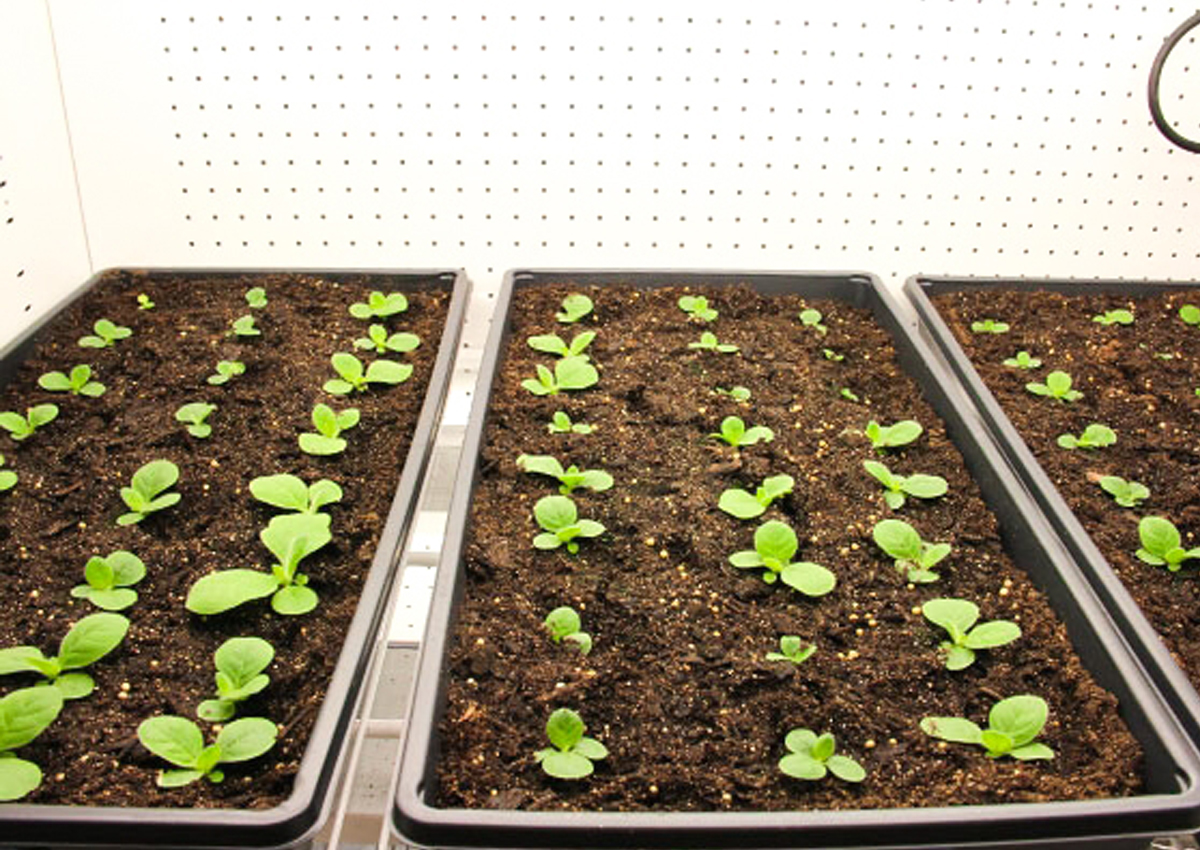
Researchers Move Closer to Developing Nitrogen-Fixing Cereal Crops
January 15, 2020| |
A research group at Massachusetts Institute of Technology (MIT) led by Christopher Voigt, the Daniel I.C. Wang Professor of Advanced Biotechnology, has moved closer to developing nitrogen-fixing cereal crops.
To develop nitrogen-fixing cereal grains, the researchers in the Voigt Lab targetted specific genes in the nitrogen-fixing bacteria that operate symbiotically with legumes, called the nif genes. These genes cause the expression of the protein structures (nitrogenase clusters) that fix nitrogen from the air. However, this genetic engineering work is a major technical challenge as the nif pathway is very large and involves many different genes. Transferring a large gene cluster is a difficult task and not only requires the researchers themselves to transfer the genes, but also replicate the cellular components responsible for controlling the pathway.
This leads the researchers into another challenge. The microbes responsible for nitrogen fixation in legumes are bacteria (prokaryotes) while gene expression is completely different in plants, which are eukaryotes. Reengineering the nif pathway in a eukaryote is tantamount to a complete system overhaul. The Voigt lab found a workaround and targetted organelles within the cell — specifically, the chloroplasts and the mitochondria. The team then designed a nitrogenase gene delivery system using yeast. They inserted the nitrogenase genes into the yeast nuclei, which are then targeted to mitochondria using peptide fusions and resulted in the first eukaryotic organism to demonstrate the formation of nitrogenase structural proteins.
This research obtained groundbreaking results, moving closer to fertilizer independence through nitrogen-fixing cereals. The research team made headway in targeting nitrogenase to mitochondria and were able to express a complete NifDK tetramer — a key protein in the nitrogenase cluster — in yeast mitochondria. Despite these milestones, more work is yet to be done.
For more details, read the article on MIT News.
| |
You might also like:
- Scientists Find Molecule for Boosting Plant Growth With Less Nitrogen
- Study Reveals How Plants Get Their Nitrogen Fix
- Pocket K No. 46: Nitrogen Use Efficient Biotech Crops
Biotech Updates is a weekly newsletter of ISAAA, a not-for-profit organization. It is distributed for free to over 22,000 subscribers worldwide to inform them about the key developments in biosciences, especially in biotechnology. Your support will help us in our mission to feed the world with knowledge. You can help by donating as little as $10.
-
See more articles:
-
News from Around the World
- USDA Reports Increase in Corn and Soybean Yields Amidst Challenging Weather
- International Consortium Sequence Canola Genome
- US Observes National Biotech Month, Launches Joint USDA-FDA-EPA Website for Biotech Regulation
- Research Identifies Protein for Plant Growth
- Researchers Move Closer to Developing Nitrogen-Fixing Cereal Crops
- Int'l Team Uses Genomic Data to Show How Plants Adapt to Changing Climate
- VIB-IPBO Offers Summer Course on Modern Breeding Techniques for Maize Improvement
-
Research Highlights
- Two-week Old Corn Seedlings' RNA Data Produce Reliable Yield Predictions
-
Plant
- Genome Studies Show Genetic Variation of Lint Yield Components under Salty Field Conditions in Cotton
- Precise Base Editing of Acetolactate Synthase Genes Confers Herbicide Resistance in Maize
-
Read the latest: - Biotech Updates (April 30, 2025)
- Gene Editing Supplement (April 30, 2025)
- Gene Drive Supplement (February 22, 2023)
-
Subscribe to BU: - Share
- Tweet

